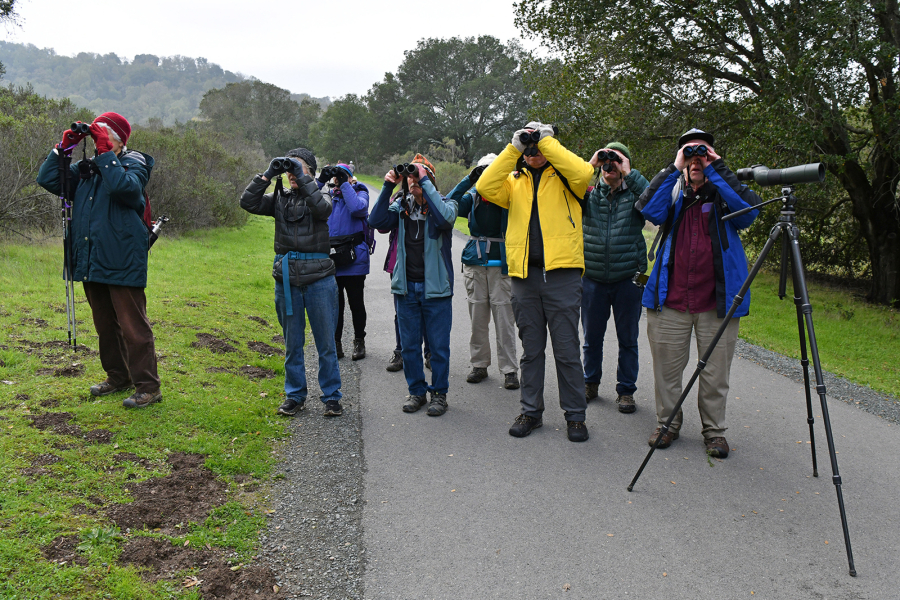It was a risk that likely was not perceived back in 1886, when Forest and Stream magazine editor George Bird Grinnell, distraught over the mass slaughter of birds, decided to name his new organization after one of the most noted artists and naturalists of his time, John James Audubon.
Audubon’s legacy had become entwined with the scientific study of birds and the ideals of conservation, and within a year, Grinnell’s Audubon Society had attracted 39,000 members, each of whom signed a pledge to “not molest birds.”
Audubon, who documented the birds of North America in detailed paintings and influenced the study ornithology, was not, however, the heroic character he was portrayed to be. Seen in the harsh light of the modern world, Audubon has been revealed as a slave owner who rejected abolition, and a man who stole Native American remains to proffer the absurd theory that the white man was the superior race.
While the National Audubon Society, with its more than 450 independent affiliates, is considering whether to continue with the Audubon name, Seattle has become the first affiliate to announce it would drop it, although it’s still deciding on a replacement. Others, including the Santa Clara Valley Audubon Society, are considering doing the same.
Matthew Dodder, executive director of the group, says the full board will be discussing the issue at a retreat planned for mid October. Dodder said the society has been getting a lot of questions about the Audubon name, so it will be a “spotlight issue” during the board retreat.
It’s not as simple as dropping the name and picking another, Dodder says. Civil War statues were removed from the streets and put into museums, where they could be displayed in context. The Audubon name has been a central fixture of the birding world — in ornithology, hobby birdwatching, exploration, education and conservation — for more than a century. It’s not as easy to isolate.
“There’s a huge amount of equity in that name,” Dodder says. “It’s recognizable worldwide, and it has served as an inspiration. But we have to look at it objectively. Are we alienating a demographic? What would be gained, what would be lost? Would it be worth it? It might be.”
The Mt. Diablo Audubon Society is aware of discussions and concerns, says board vice president Ariana Rickard.
“The board of Mt. Diablo Audubon has not had a discussion regarding dropping Audubon from our name,” Richard says. “We have an equity, diversity, inclusion and belonging committee, but the committee has not talked about this.”
Meanwhile, National Audubon Society CEO Elizabeth Gray said the organization is exploring the question of a name change, but has made no decision.
“Seattle Audubon is an independent chapter of the National Audubon Society, and we respect their autonomy, as they do their important work and represent themselves to the community that they serve,” Gray says. “The National Audubon Society is still in the process of a comprehensive exploration of John James Audubon and has not yet made a decision about our name.”
Audubon isn’t the only name problem in the bird world. In the heady days of exploration and discovery, a great number of bird and other animal species were named for the people who first recorded the find or as recognition of benefactors, friends and family.
In 2020, in the midst of a social reckoning, a sparrow-sized grassland bird native to the Central United States, the McCown’s longspur, became the subject of fierce debate over its name.
The North American Classification Committee was at first reluctant to change the eponymous name, saying that Confederate General John McCown had made legitimate contributions to ornithology. It noted that it was widely known “that judging historical figures by current moral standards is problematic, unfair to some degree and rarely black and white.”
But in the racially charged summer of 2020, with the death of George Floyd and in light of other decisions to remove monuments and rename buildings, the committee relented and McCown’s longspur is now known as the thick-billed longspur.
Dodder supports such name changes and not just because it turns out some of the namesakes have less than sterling pasts. Naming a bird after a person doesn’t help in the identification of the species, which is of paramount importance to birdwatchers.
Dodder says if the national organization decides on the name change, it would make it easier for affiliates to make the change, but he’s not certain that will happen.
“I have a feeling, we will see a sprinkling of chapters that decide to go forward,” Dodder says. “We just have to see what happens. Lots of chapters are watching to see what happens with national. And we’ll be watching to see what Seattle does. It was a brave decision, and I’m curious what name they will choose.”



